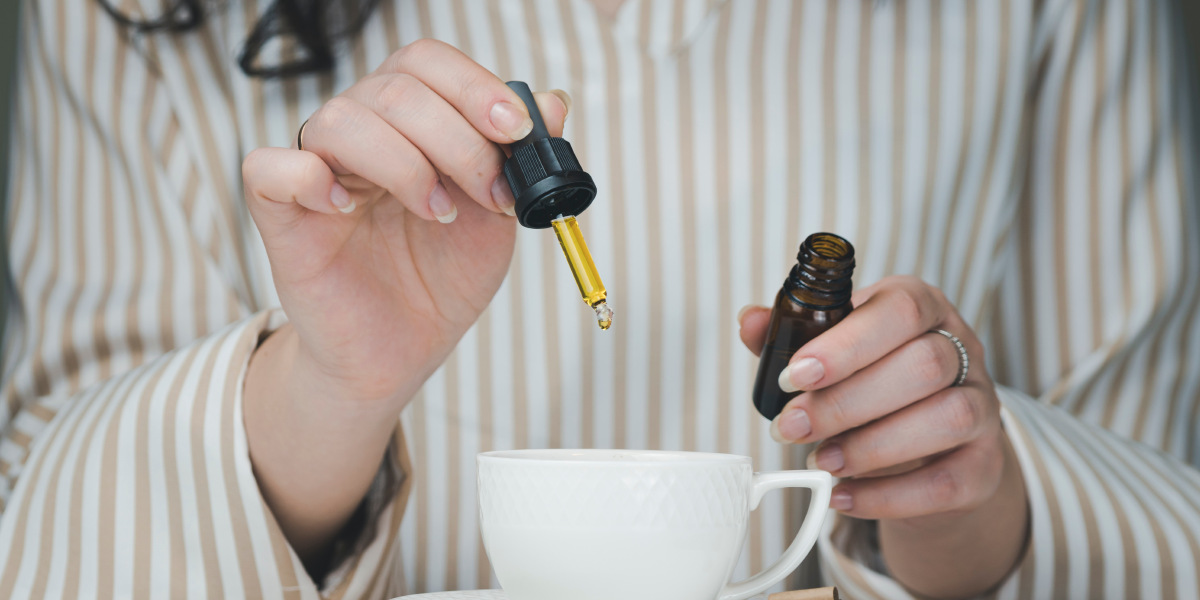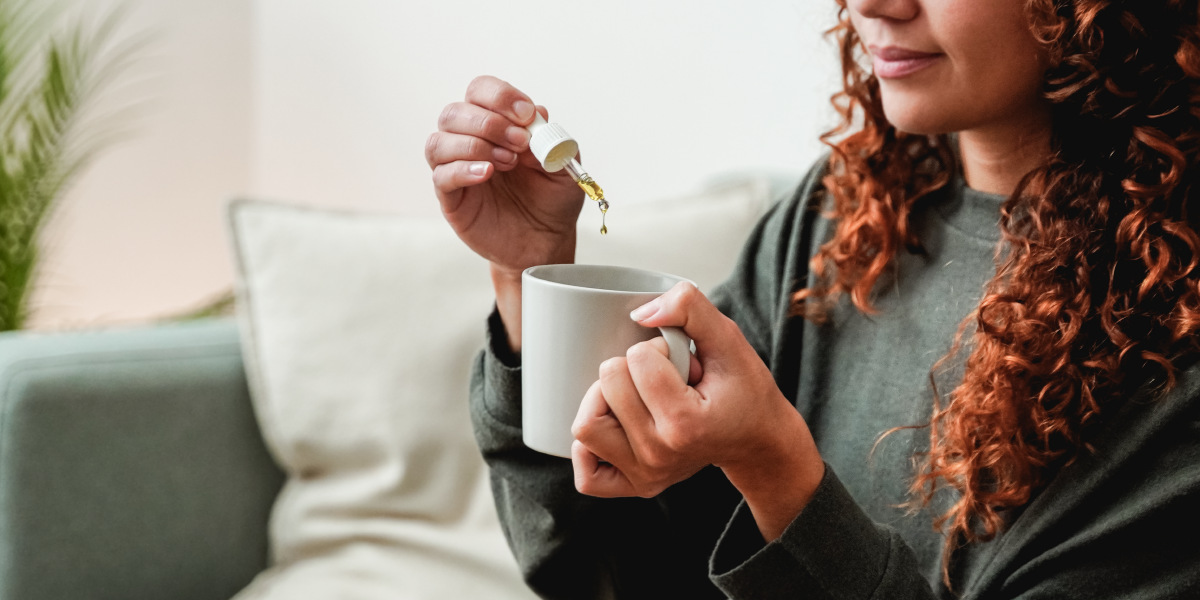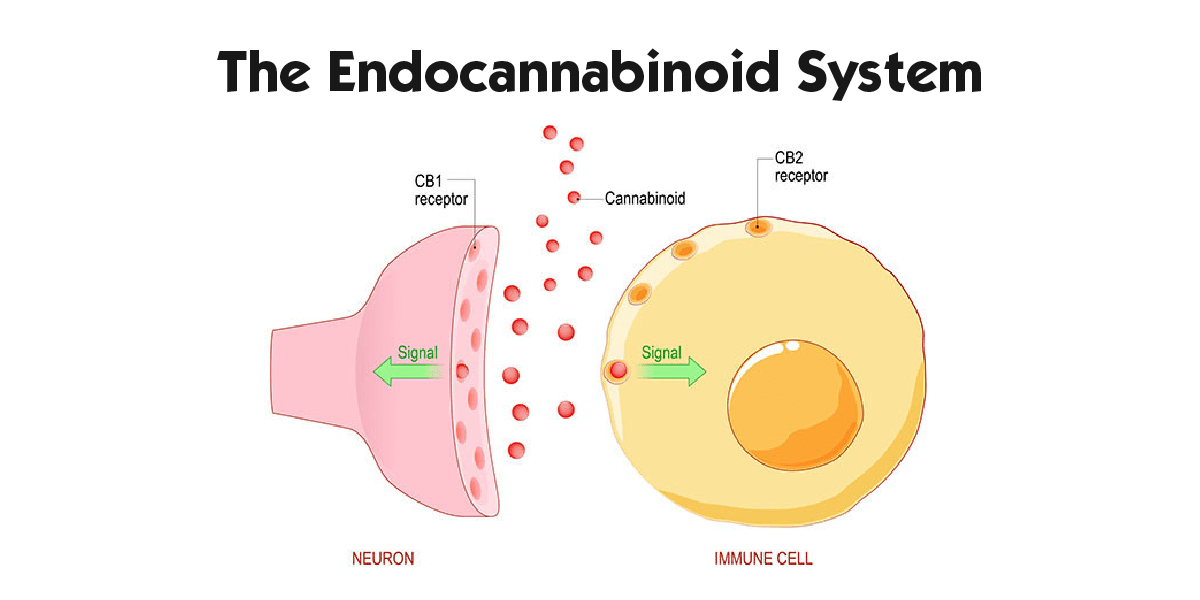Microdosing with Cannabis for Life Optimization
Microdosing. You’ve likely heard the term, but with time, the definition of microdosing has expanded. Microdosing refers to consuming a nearly imperceptible amount of a substance to obtain a certain state of mind and/or functioning. Generally speaking, small amounts of the desired substance are consumed throughout the day to sustain a desired, mild effect. Microdosing does not result in a state of intoxication; if you claim to be microdosing and you feel high, you’ve missed the mark. As a concept microdosing has been most commonly associated with psychedelics such as LSD and psilocybin, but in recent years microdosing with cannabis has piqued the interest of both medical and recreational cannabis users. While there isn’t a large body of scientific research around microdosing with cannabis, the medical cannabis community does have some helpful data, and anecdotal reports from hubs of creativity and productivity like Silicon Valley abound. In this article, we’ll unpack the life optimization potential of microdosing with cannabis, and how you can find the just right amount for you.
Why Microdose with Cannabis?
As the stigma around cannabis has gradually decreased, awareness of cannabis as a tool for improved focus and creativity has increased. Add to this the widely accepted knowledge that cannabis can greatly reduce stress and anxiety, and it’s obvious why individuals would be interested in riding the cannabis wave throughout their day-to-day lives. When done correctly, microdosing can powerfully enhance productivity, focus, and creative thinking. For those who find themselves in stressful or anxiety-inducing professional situations, a small amount of cannabis consumed throughout the day can act as an excellent buffer to this challenging environment. Another benefit of micro-dosing is the fact that using THC in very small amounts eliminates the potential for the negative side effects that some experience when using psychoactive forms of THC in larger doses. Those with a low tolerance for THC can experience paranoia, anxiety, lethargy, or confusion when taking a threshold dose of THC, but when these same individuals use a microdose of THC cannabis, they experience a calming focus that often leads to productivity and creative thought. For those with a higher tolerance for THC, microdosing can help lower tolerance by allowing your body to acclimate to smaller amounts of cannabis. The best results with a high-tolerance population involve a brief period of abstinence from cannabis before experimenting with microdose amounts.
How to Microdose
Disclaimer: Never use psychoactive cannabis (Delta-9, Delta-8, Delta-10) in any amount when performing a job that requires the operation of machinery and/or the supervision and care of others.
Before we dive into how to properly microdose with cannabis, let’s take a closer look at the different psychoactive forms of THC found in cannabis.
Delta-9 THC: Delta-9 tetrahydrocannabinol (THC) is the cannabinoid chemical responsible for most of cannabis’ psychoactive effects. THC attaches to cannabinoid receptors in the body and brain and activates them, affecting memory, pleasure centers, movements, thinking, concentration, coordination, and sensory and time perception. Delta-9 stimulates cells in the brain to release dopamine, creating a sense of euphoria. The effect of Delta-9 THC cannabis will vary greatly depending on the strain of cannabis. Generally speaking, sativa strains result in an energizing high, with a slight risk of anxiety for some users. Indica strains will create a more calming, sedative high with a lower risk for anxiety.
Delta-8 THC: Delta-8-tetrahydrocannabinol is a recently popular cannabinoid due to its similarity to Delta-9 THC in chemical structure and effect. However, Delta-8 THC has a much lower potency than Delta-9 THC. Delta-8 THC can be extracted from either hemp or cannabis. The 2018 Farm Bill made it legal for all 50 states to grow hemp and use it for extractions. This makes Delta-8 legal in states where Delta-9 THC is illegal—sometimes. In the body, Delta-8 behaves similarly to Delta-9 THC, binding to the endocannabinoid system in a way that creates a psychoactive “high” feeling. The double bond present in the chemical structure of both Delta -8 and Delta-9 THC is what is thought to create this psychoactive effect. Many users report a strong “body high” when using Delta-8 THC, and for those with a low tolerance, this can result in a feeling of lethargy and sleepiness when taking high doses.
Delta-10 THC: Delta-10-tetrahydrocannabinol (Delta-10 THC) is a cannabinoid present in trace amounts in the cannabis plant. Like Delta-8, it has a psychoactive effect similar to Delta-9 THC but less potent. Because Delta-10 is processed from hemp-derived CBD, it is technically legal in states where Delta-9 THC is illegal, however, some states have outlawed the use of Delta-10. The psychoactive effects of delta-10 THC are generally similar to those of sativa strains, creating feelings of energy and focus with low potential for anxiety.
Regardless of the form of THC-containing cannabis used for micro-dosing, individuals should always consider their particular personality, mindset, temperament, and environment when embarking on a microdose experience. In other words, the dose may be small, but set and setting are still very important to achieving your desired results. Microdosing when trying to complete novel tasks may backfire, as the newness may result in confusion and anxiety about the unknown. It’s best to initially experiment with microdosing when completing tasks that are familiar and mundane. As your microdosing skills improve, you can move into more advanced and novel tasks.
Now that we better understand the importance of set and setting, and the different forms of THC, let’s look at a suggested protocol for microdosing. Keep in mind that because everyone’s body is different, there can be no one size fits all protocol. However, with intentional monitoring and reflection, you can find the dose that’s just right for you.
If you are a regular user of THC-containing cannabis, you should begin by recording your cannabis consumption in a journal. Your notes should include the kind of cannabis product you are using and how you’re using it (sublingual tincture, edible, smoked flower, vape cartridge, etc.), and the amount you are using. Make note of how that amount makes you feel mentally and physically. Once you’ve collected about a week’s worth of these notes, determine the dose that results in a true high for you. This is called your threshold dose. Maybe that’s 50 milligrams, maybe it’s 5 milligrams, what matters most is that you establish the threshold dose of cannabis that is going to be too much for a microdose. With your cannabis ceiling in mind, it’s time to begin a short period of abstinence from cannabis to lower your tolerance. For best results, abstain from psychoactive cannabis for 3 to 7 days. For those who have a low tolerance for THC, this abstinence period is not needed.
After the abstinence period, you are ready to begin experimenting to find your optimal microdose. Start by consuming 1 to 2.5 milligrams of THC-containing cannabis, or 10% of your threshold dose before beginning tasks. In your journal, make notes of how you feel, paying particular attention to your focus, creativity, and overall productivity. After trying this dosage for 3 days while journaling, review your notes and reflect on the results experienced at this dosage. If you’re finding that most days you noted little change in markers of focus, creativity, and productivity, begin to increase your microdose by .5 to 1 mg increments until your notes reflect a mild but noticeable change. You’ll know when you’ve reached that just right amount; be sure to take detailed notes so you can refer back to them. Hang out at your optimal dosage for 3-5 days, then take another break to set you up for success for your next microdose session.
Microdosing with different forms of THC will yield slightly different results. Sativa strains of Delta-9 THC in microdose amounts should support a focused, energetic mindset, while Indica strains may be better for those looking to microdose to decrease stress and anxiety. Follow the dosing protocol outlined in the previous paragraph when using Delta-9 THC for microdosing.
Delta-8 THC in microdose amounts can help alleviate body aches and pains, and the distraction and discomfort that accompany them. A standard threshold dose of Delta-8 THC is 20-50 milligrams depending on your tolerance, so your microdose protocol will begin with 2-5 milligrams, increasing by 1mg increments from there.
Delta-10 THC possesses roughly half the potency of Delta-9 THC, and of the three kinds of psychoactive THC outlined in this article, Delta-10 is the most similar to CBD in its effects. Delta-10 can be used in microdose amounts to increase focus and reduce anxiety without the risk of lethargy. The standard threshold dose of Delta-10 THC is 5 – 15 mg. Once you’ve established your threshold dose of Delta-10, start by consuming 10% of that dosage for a microdosing session and increase by 1 mg until you achieve the desired results.
Microdosing with cannabis offers individuals a plethora of opportunities to focus, connect, broaden their perspective, and show up with resilience through stressful situations. We hope this article has informed and empowered you to experiment with this exciting practice in your life. As always, consume plant medicine responsibly, and when in doubt, mellow out.
Considering Microdosing? Here are some recommended products:
AVL Dispensary Full Spectrum CBD Tincture – 1000mg
Colorado Cures Full Spectrum CBD Tincture w Strawberry Lemonade flavor – 500mg
Avl Dispensary Nano Cannabis Hemp Shots – CBD/CBG “Uplift”







